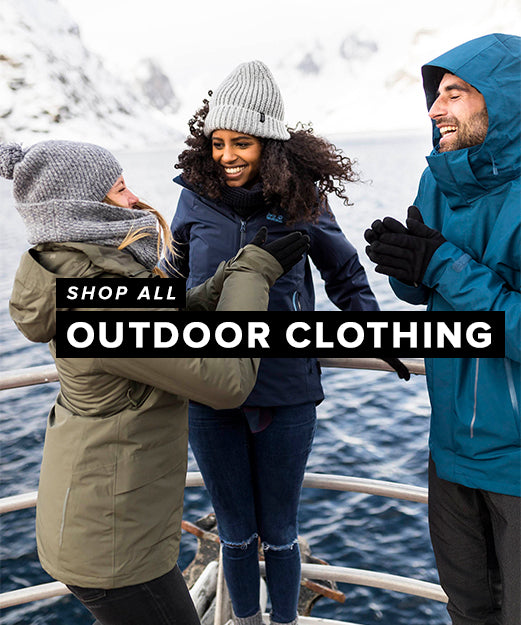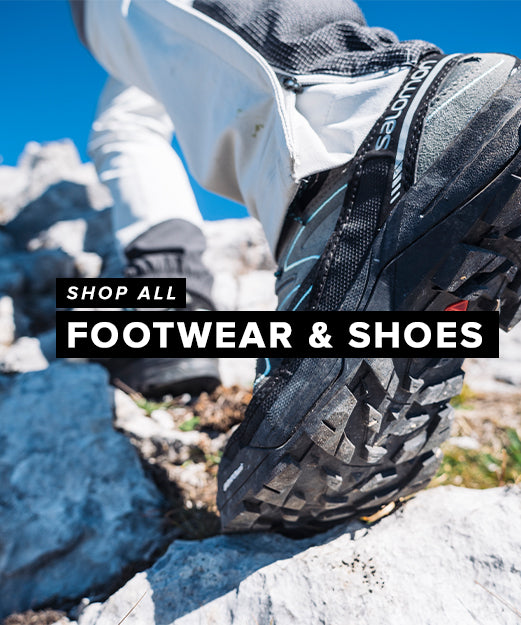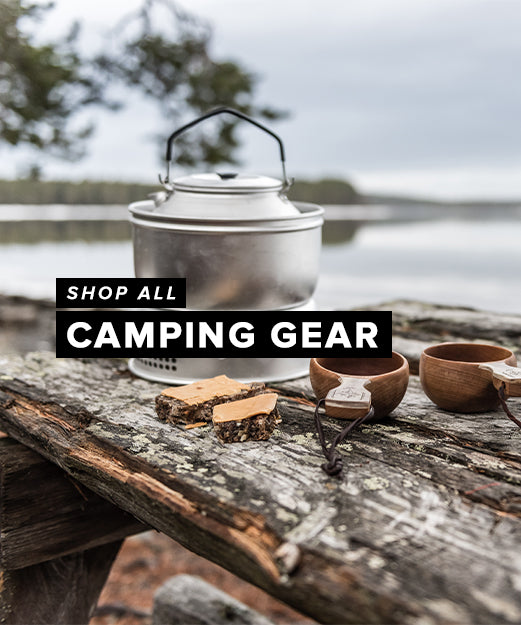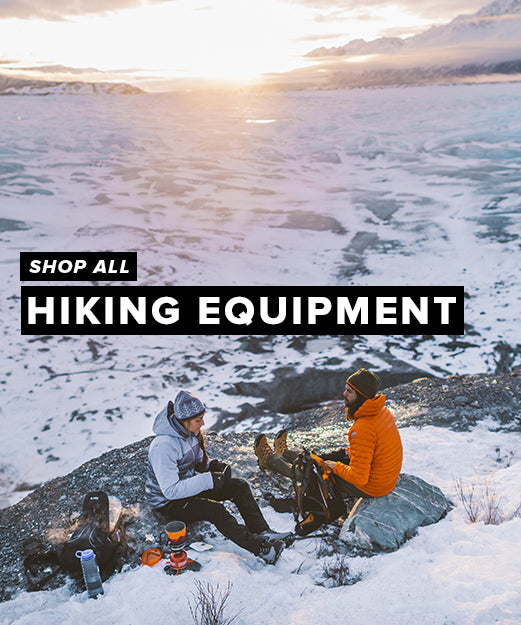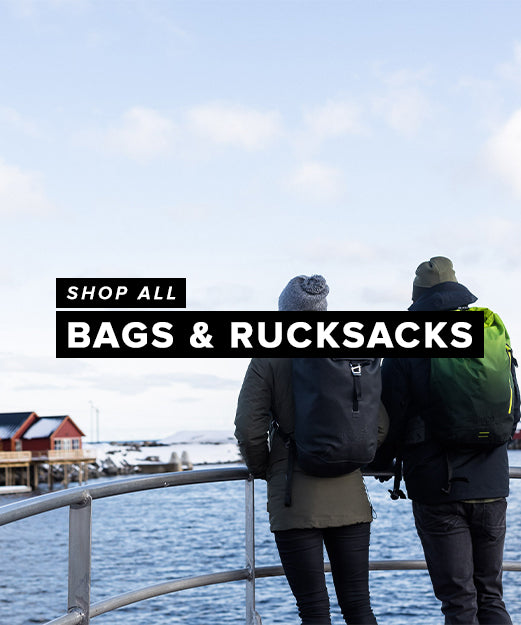
If you’re looking for a new rucksack to carry your kit while walking, you might be a little bewildered by the huge range on offer these days. From small day packs through to rucksacks big enough for a week’s trekking, and all kinds of styles and sizes in between, rucksack departments are filled with many dozens of different types. So how do you choose a rucksack to suit your needs?
A few details when buying a rucksack
Comfort and stability is important when carrying a rucksack so ensure that the pack fits your body. Look for padded and adjustable shoulder straps, an adjustable and padded hip belt and a strap between the shoulder straps across your chest.
A “ventilation system" at the back of the pack is useful so that your back doesn’t become sweaty while you’re walking. A ventilation system allows freer air flow between your body and the rucksack.
A rain cover is a great asset, too. Many rucksacks come with a raincover that can be tucked away or brought out depending on the weather.
Look for a rucksack with a good number of pockets. If you’re stowing items such as a map, snacks, water bottles etc it’s much better to have easy access than to be faced with a long rummage inside the rucksack each time you want to find something.
Also look out for internal hydration systems. Many rucksack now have a space for a water bladder that links with a tube to the outside for easy access to fluids.
Some rucksacks offer adjustment or compression straps so that you can make the pack smaller or larger, depending on how much equipment you want to carry.
Many larger rucksacks have designs to suit male and female physiques. You’ll find they also have an adjustable back so you can properly fit the rucksack to suit your height and shape.
Trail walking rucksack
If you’re heading out for a few hours of walking, on your own or with the family, choose a 25 to 35 litres sized rucksack. This should be roomy enough to fit in a few spare layers and your lunch. You can buy smaller rucksacks for the kids so that they can also carry a few items themselves, such as snacks, a hat and gloves.
Day away or multi-day rucksacks
Mountain or hill walking in winter requires a greater range of equipment than during summer walking. The basics include extra base layers, an insulated layer, compass, map, torch, bivi bag or similar in case you’re caught on the hill for longer than expected, food, fluids, GPS, mobile phone and spare gloves, hat and socks. So you will require a larger rucksack.
The ideal size will be 45 to 85 litres, and if the rucksack comes with straps that enable you to compress the pack then all the better. The more versatile the rucksack is in terms of sizes the more likely you are to use it for a range of activities.
Holiday rucksacks
A rucksack can also be a useful luggage item for holidays or short breaks. Look for rucksacks that also have wheels so that you have the most versatility. When required, you can carry the rucksack on your back and when possible you can then wheel it. Many larger rucksacks also come in male and female versions and have adjustable backs so that you can ensure the rucksack properly fits your size and shape.
 If you’re looking for a new rucksack to carry your kit while walking, you might be a little bewildered by the huge range on offer these days. From small day packs through to rucksacks big enough for a week’s trekking, and all kinds of styles and sizes in between, rucksack departments are filled with many dozens of different types. So how do you choose a rucksack to suit your needs?
If you’re looking for a new rucksack to carry your kit while walking, you might be a little bewildered by the huge range on offer these days. From small day packs through to rucksacks big enough for a week’s trekking, and all kinds of styles and sizes in between, rucksack departments are filled with many dozens of different types. So how do you choose a rucksack to suit your needs?
 If you’re looking for a new rucksack to carry your kit while walking, you might be a little bewildered by the huge range on offer these days. From small day packs through to rucksacks big enough for a week’s trekking, and all kinds of styles and sizes in between, rucksack departments are filled with many dozens of different types. So how do you choose a rucksack to suit your needs?
If you’re looking for a new rucksack to carry your kit while walking, you might be a little bewildered by the huge range on offer these days. From small day packs through to rucksacks big enough for a week’s trekking, and all kinds of styles and sizes in between, rucksack departments are filled with many dozens of different types. So how do you choose a rucksack to suit your needs?
 NEW!! Free UK Delivery
NEW!! Free UK Delivery Hassle-Free Returns
Hassle-Free Returns Clearpay
Clearpay


